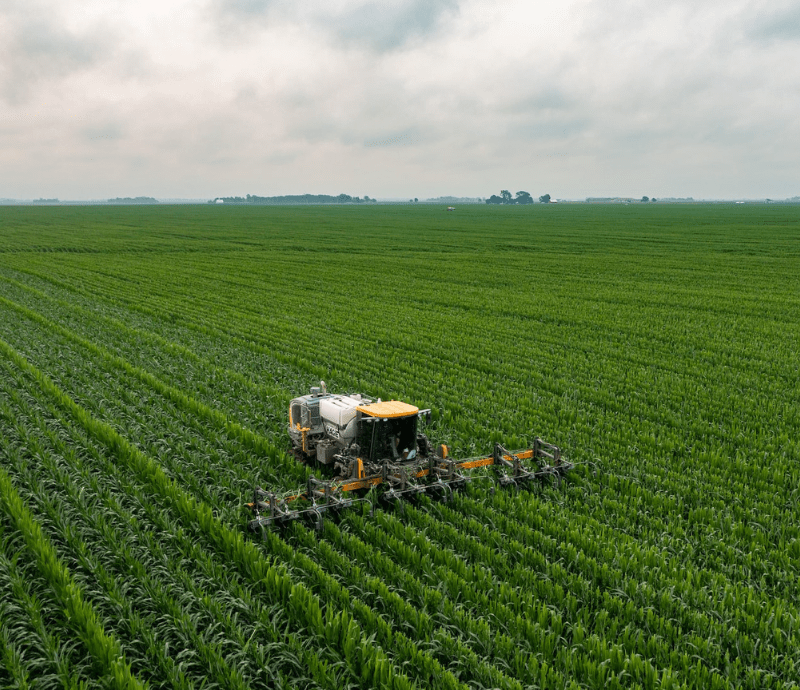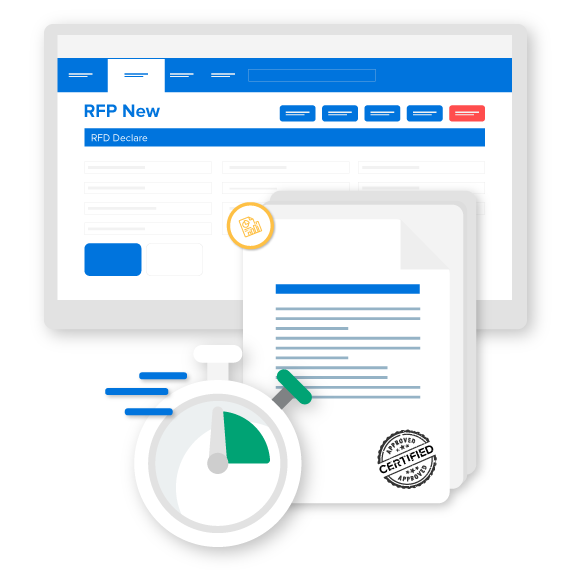
21 Sep
The agricultural traceability system has a $68.4 million investment boost from the Australian government. The extra investment will further enhance the already-existing builds on the 2019 National Traceability Framework, which was developed through a collaboration between agricultural industries in Australia and the Australian Government.
The framework guides agricultural industries, food producers, governments, and related businesses toward successfully implementing current, timely, and accurate traceability systems. This framework will promote Australian agricultural products globally.
The National Traceability Framework describes the vision for traceability, the principles for traceability systems, and the roles and responsibilities of industry, government, and other stakeholders. It also provides recommendations for developing an implementation roadmap and success measures for traceability.
What is Traceability and Why Is it Important?
Traceability refers to tracking a product’s movement through production, processing, and distribution stages. It is about tracking a product’s history throughout the entire supply chain.
Agricultural traceability is essential in:
1. Managing food safety incidents and lessening biosecurity incursions incidents (infection of plants and animals by harmful organisms)
In recent years, foodborne diseases have become more prevalent as disputes over products not meeting food safety and quality requirements have interrupted the international food trade. Managing risk from imported products and ensuring Australian exports meet import market requirements will continue to be essential for export foods’ biosecurity and safety standards, including dairy, meat, agribusiness and grains, and horticultural products. Effective tracing should consist of proper responses to pests and diseases, limit product recalls, and minimise and restore market access while minimising disruptions.
According to a report by The Department of Agriculture and Water Resources (DAWR), import requirements are growing. This makes it essential to have robust and verifiable export certification to meet the requirements of trading partners.
2. Delivering financial benefits through sustainable products and access to more markets
Traceability assures third parties that food products like dairy and meat are clean and safe and meet sustainability standards, which can lead to products fetching higher prices. Global customer preferences are changing. Many customers now pay more for products that demonstrate alignment with goals like sustainability and animal welfare. Products that meet set provenance and sustainability standards deliver financial gains for everyone in the supply chain, from farmers to exporters and the final retailers.
According to data from the Department of Agriculture, Fisheries and Forestry, Australia could gain between $400 million and $1 billion of additional value on its agricultural products if traceability systems demonstrate sustainability. Certified, grass-fed cows, for instance, would fetch an extra $1 per kilogram in the U.S. market compared to other less organic meats.
Contributions of the Australian Government Investment in National Traceability
The $68.4 million government investment build-up has already facilitated the following developments in agricultural traceability:
The formation of the Agricultural Traceability Alliance, a union of partners interested in national agricultural traceability, will help Australia exceed the $100 billion farmgate output by 2030 by providing national leadership on traceability initiatives. The Alliance will also foster strong industry and cross-jurisdictional collaboration, create foundations for successful traceability initiatives, and translate policy to practice across agricultural supply chains.
Development of a virtual National Agricultural Traceability Hub for analysing consumer trends, developing national data standards, and leveraging new technologies. Through the Hub, stakeholders such as industry groups, governments, and research bodies will stay connected and aligned to drive successful traceability initiatives across all supply chains.
Grants to promote the development and uptake of new technology and systems to reduce the cost of regulatory compliance and traceability. Successful grants have incorporated solutions that embed technology into agricultural supply chains, such as technologies that digitise information flow.
A National traceability Summit was held in April 2022, where stakeholders shared ideas on improving traceability. The National Traceability Summit identified several challenges that technology could help solve. Two of these included:
-
An increasing data gap
There is still a data gap regarding traceability across supply chains. A growing number of consumers are interested in learning about the food they eat and how it is produced. Technology that allows transparency and information sharing across supply chains can reduce data traceability issues. As an exporter, you may need to share information with various document-approving authorities and supply chain parties such as warehouses, shipping lines, and banks. You can easily share information using export software that allows faster distribution of the information with stakeholders.
-
Easing regulation compliance
Traceability regulation should be easy to comply with, thereby saving the cost of traceability requirements, such as information sharing and audit requirements. The use of technology can make it easier for producers to generate, capture, and transfer traceability information. At the same time, exporters can meet importing countries’ requirements and react fast to trade restrictions. Businesses could save $225-325 million annually when harmonising traceability frameworks and regulatory technology. Such harmony would also help reduce the costs of biosecurity incursions by between $15 million and $17 million over ten years.
Trade Tech Can Help You Get Ahead of National Traceability
When exporting products, you need proper traceability systems to check product safety, quality, and authenticity and ensure you meet market access requirements for importing countries. Traceability systems should especially be effective when dealing with the export of high-risk, high-value products such as dairy, meat, agribusiness and grains, and horticulture.
Ever-evolving technology is increasing expectations for supply chains to provide complete, accurate, and timely information. Export Management Software that includes Export documentation software capabilities can help you easily manage your export compliance and documentation and avoid data integrity issues, human error, loss of time, and extra costs; thereby increasing your profits. Savings made by using export management software and technology for traceability can help you invest in the growth of your export business and increase your international reach.
Contact us for more information on the global trade management software platform to jump start the enhanced productivity, better compliance, and stakeholder collaboration journey.


